I am a huge coffee drinker, I love the zip from caffeine, the comfort of the warmth, the flavor, the ritual. Lately though I’ve been wondering about the toxicity of my traditional plastic drip coffee maker and if I could make some safer swaps. That’s why I’m determined to find the best non-toxic coffee maker and I’m bringing you along with me.
This post may contain affiliate links. If you make a purchase, GenTwenty may receive a commission at no additional cost to you. Thank you for supporting this resource.
Why a Non-Toxic Coffee Maker?
In the past year, Nicole has been making non-toxic swaps for the better health of her family, and I’ve been inspired by her journey and learnings to make my own discoveries. I’ve long been an advocate for less plastic because of its toxicity to humans and the environment, but it can be hard to pinpoint where to start when plastic is all-consuming in our products.
So, I started learning about non-toxic coffee (organic, fairtrade, swiss-water processed decaffeinated) and decided to dive into how I can make my coffee in a less toxic way. The biggest things I’ve learned about non-toxic coffee makers are the plastic parts (internal pieces made with plastic), the kind of water you use, and the filters involved.
Both heat and acidity make plastic leach more endocrine disruptors. And you know what is both of those things? Coffee.
Plastic Free vs BPA free
BPA-free plastic does not mean plastic free! BPA stands for bisphenol A and it’s an industrial chemical that makes strong plastic…which lasts forever (in our landfills) and studies show that it is toxic to human brains, can cause infertility in adults and behavioral problems in children, and can even lead to diabetes and heart disease.
For a long time, it was recommended to switch to BPA-free plastic, but now new studies are showing that BPA-free plastic is just as toxic if not worse.
When searching for the best BPA-free coffee makers, you should stick to completely plastic-free coffee makers, or make sure that the mechanics involved in brewing the coffee are plastic-free.
That means the water reservoir, the filter basket, and the thermal carafe that catches the coffee should all be made of materials other than plastic. An outer plastic shell is OK, and so are plastic buttons. But use your best judgment when looking for the best option of coffee brewing for your home.

Best Hot Water for Coffee Brewing
I used to use tap water for my coffee, and only switched to filtered water when I moved to Los Angeles. I didn’t switch for toxicity reasons, rather my new city had hard water that caused a calcium buildup and I wanted to protect my water tank and coffee maker.
Now, after I’ve learned about lingering contaminants in tap water, I decided to switch to filtered water for everything. I even filter my water for my plants!
When picking a water filter, you’ll want to pick something that filters out the contaminants in your water. You can have your water tested (we recommend TapScore) or in the very least checking your water score with the EWG’s Tap Water Database here.
As far as water filters go, Aquasana’s Clean Water Machine filters out 77 contaminants including PFAS, PFOS, chlorine, lead, mercury, as well as herbicides, pesticides, and pharmaceuticals.
Best Filters for Coffee Makers
When I bought my current coffee pot, I was on a zero-waste focus in a tiny apartment. So I bought a small 5-cup drip coffee maker that had good reviews and a reusable mesh-and-plastic filter for the coffee grounds. I didn’t want to use filters once and throw them away, even if some are compostable. But, not all filters are created equally!
If you have access to a compost bin, you can use paper filters, just look for unbleached and chlorine-free ones and compost them. Or, if you’d like a reusable coffee filter, try an organic hemp coffee filter that is washable.

11 Best Non-Toxic Coffee Makers
These eleven coffee makers are the best plastic free coffee makers for coffee lovers. These are our top picks in all categories based on our extensive research and plastic-free guidelines. We also considered pricing and the majority of these options are under $50, with the exception of a couple larger investments. Unfortunately coffee makers that are machine-like (think OXO and Breville, are more expensive).
For the best flavor, no matter your coffee maker preference, you’ll want to use freshly ground coffee beans when you can! And if you can’t grind coffee beans at home, you can often buy coffee beans from local coffee shops and have them grind them for you there.
Navigate this guide using the list below or keep scrolling to view them all:
French Press
French Press coffee makers are quite popular, and they’re a great option for non-toxic coffee brewing! The French Press is made up of a glass carafe and a filter-plunger, with no need for a filter. It’s best to use medium-ground coffee, because too finely ground coffee will slip past the plunger and too coarsely ground and the coffee will clog the plunger.
Pros: French presses are super simple to use, clean, and they make delicious coffee. Also, you can use a French press to brew loose leaf tea, too!
Cons: From prep to finish, the brewing process takes about 10 minutes, and there is a learning curve to figure out the best ratio of coffee to water for your taste buds. It’s definitely not an automatic coffee maker, but it will give you delightfully bold coffee.
Utopia Stainless Steel French Press 34 Oz

The stainless steel french press from Utopia is ideal for those of us who may be a bit clumsy—the double-walled stainless steel construction is cool to the touch while keeping your coffee hot.
You can even take this on a camping trip! It won’t rust, won’t break easily, and the plunger is designed to hold your coffee grounds in place so you have no surprise sediment at the bottom of your cup.
Bayka Glass French Press 34 oz

Made with borosilicate glass, the Bayka French press is easy to use and shatter-resistant, while making hot coffee. You can also use it to make cold brew coffee!
Pourover
A pourover coffee maker has the ultimate ease of use because you just put coffee grounds into a filter inside the pourover, and pour hot water over the grounds.
Pros: Quite possibly the easiest way to brew coffee, as all you need is a filter, a pourover, and coffee grounds, and a mug.
Cons: Depending on the type of pourover you pick, you can only brew one cup of coffee at a time. It also can take a big longer to brew, depending on how you have been previously making your coffee.
Dowan Ceramic Pourover

This compact design is a good choice for coffee lovers who have small kitchens, live in a dorm, or just want to reduce the objects on their countertops!
This pourover coffee dripper makes two cups. It has a unique three hole design for a concentrated flow to fully extract the flavor from your coffee beans. It is made of high-fired ceramic that prevents heat loss as your cup of coffee brews.
COSORI Pourover Coffee Maker with Glass Decanter

This is a great choice if you want pourover coffee and want to make more than one cup at a time. The stainless steel filter is double layered using special technology to make sure the flavor from your beans stays in your cup of joe. The glass is thermal resistant (enough to be heated over a low flame).
The 34 oz size makes for 8 4-oz cups of coffee. This pourover includes a glass decanter, a measuring scoop, a stainless steel filter, and a solid wood sleeve – at a very reasonable price point.
Percolator
At first glance, the percolator looks like an electric tea kettle. In fact, it’s more like the OG drip coffee machine.
Pros: These percolators can make large quantities of coffee and often can keep the coffee warm for a long time.
Cons: These are a bit more expensive than the above styles of coffee makers.
Presto Stainless Steel 12-Cup Coffee Maker

This “hotel style” stainless steel coffee maker can brew up to 12 cups of delicious coffee with the simple touch of a button. It’s made of stainless steel (minus the plastic base, button, and cord) for a non-toxic brewing experience.
It does so in about a minute and then continue to keep it hot. It has an easy to pour spout making it easy to go from maker to cup in no time.
Coletti Bozeman 9-Cup Coffee Maker

Made with no plastic or aluminum, this stainless steel percolator is designed for stovetop use, and can even be taken camping. With its sturdy design, it’s great for outdoor use!
Moka Pot
For the longest time, I had no idea what these were actually called… I just thought they were “Italian espresso makers,” because they are most often used to brew rich, strong espresso on a stovetop. And while I’ve never been to Italy, I equate strong espresso with Italian cuisine.
In fact, the Moka pot is a stovetop espresso brewer that uses induction to brew strong, bold espresso.
Pros: The best espresso maker you may ever use, definitely simpler and less expensive than cafe-style espresso machines.
Cons: Unless otherwise advertised, Moka pots can only be used on a stovetop.
SIXAQUAE Crystal Glass & Stainless Steel Moka Pot

This Moka pot design is unique because the upper carafe is made with borosilicate glass, meaning you can watch your espresso brew! The rest of the pot is stainless steel, and can brew up to 6-8 cups of espresso depending which size you opt for.
LuxHaus Stainless Steel Moka Pot

Aside from the heat-resistant handle, this Moka pot is completely stainless steel. Brew the perfect cup (or 6) of espresso right from your stove. It’s easy to clean and even easier to use!
Drip Coffee Makers
OXO Stainless Steel Coffee Maker

This stainless steel coffee maker is Gold-standard coffee certified by the Specialty Coffee Association (SCA). With this coffee machine, you can brew by the cup or the carafe making it uniquely able to serve a single cup of coffee or serve a group.
It has a rainmaker shower head to evenly distribute the water over your coffee grounds for an evenly flavored pot of coffee.
BUNN 55200 CSB3T Speed Brew Platinum Thermal Coffee Maker Stainless Steel

This coffee maker is commercial grade and can brew you a carafe of coffee in just four minutes.
The stainless steel water tank keeps your water hot all the time so when you press start, you don’t have to wait for the water to warm up! The unique spray head technology was also created for optimal flavor and an even brew.
This coffeemaker comes in a Regular and High Altitude option.
Espresso Machine
Breville Barista Express

This machine is not just for the average coffee drinker, it is for the coffee aficionado who wants to make coffee-shop style lattes and cappuccinos at home. Made of brushed stainless steel, it is an investment.
Our Editor-in-Chief owns this machine and her family uses it daily. It has over 16,000 five-star reviews on Amazon as well. If you spend significant money out at coffee shops but want to make your own at home, this machine will do just that.
In Summary: Best Non-Toxic Coffee Makers
To avoid harmful chemicals in your coffee, it’s best to use a plastic-free coffee maker or a coffee maker with non-plastic parts that touch the hot water and hot coffee. If you drink coffee daily, it’s important to use a plastic-free coffee maker as the heat and acidity cause the plastic to leach unwanted toxins into your coffee.
You deserve to enjoy delicious cups of coffee over and over again without adding any harmful toxins or harmful chemicals to your body!



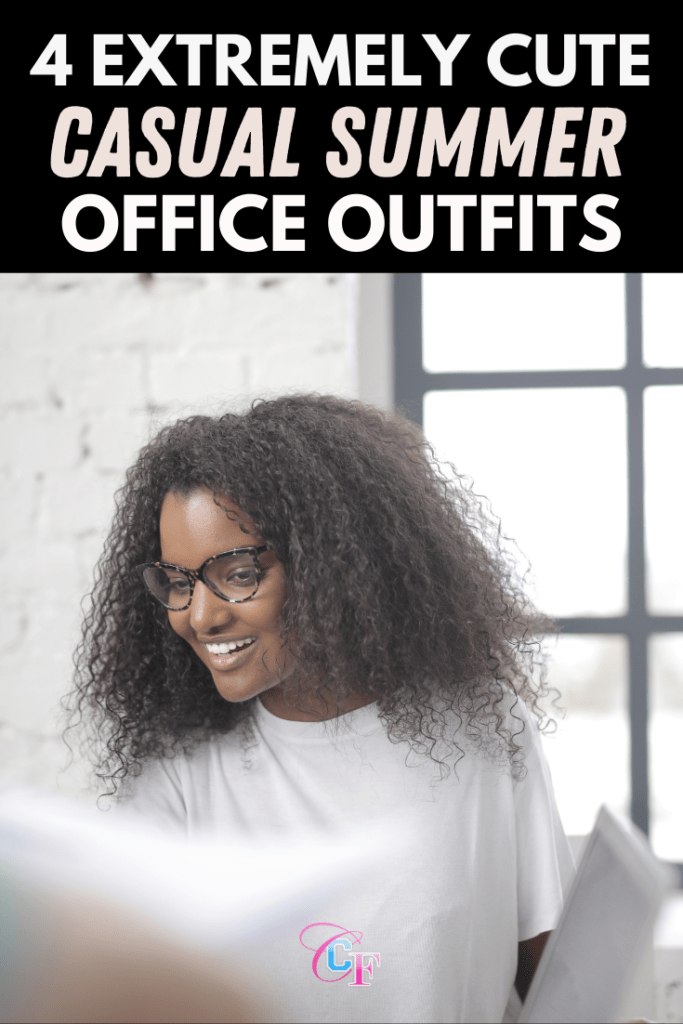


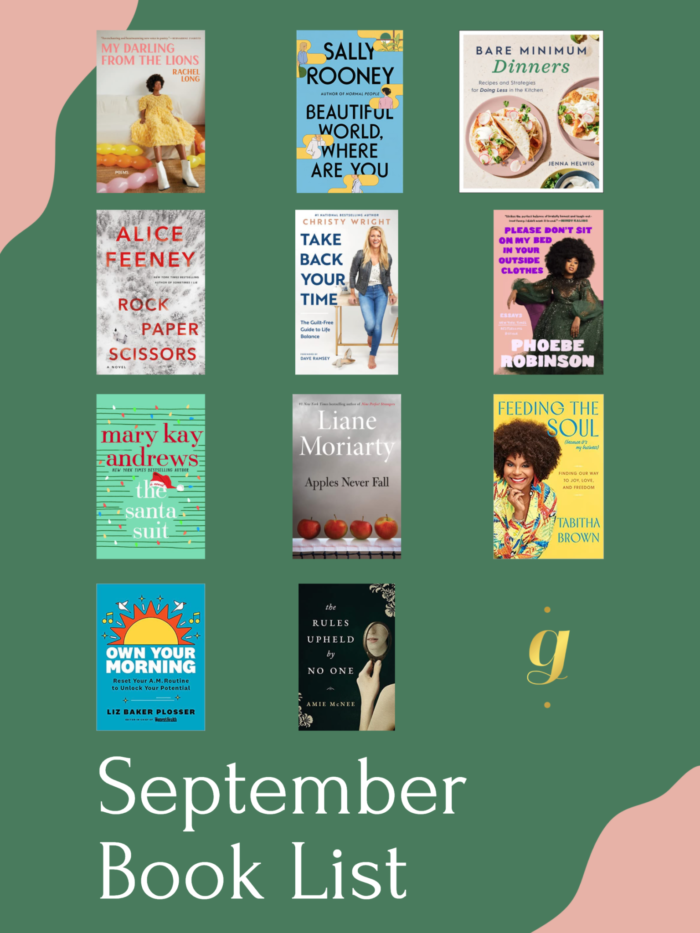
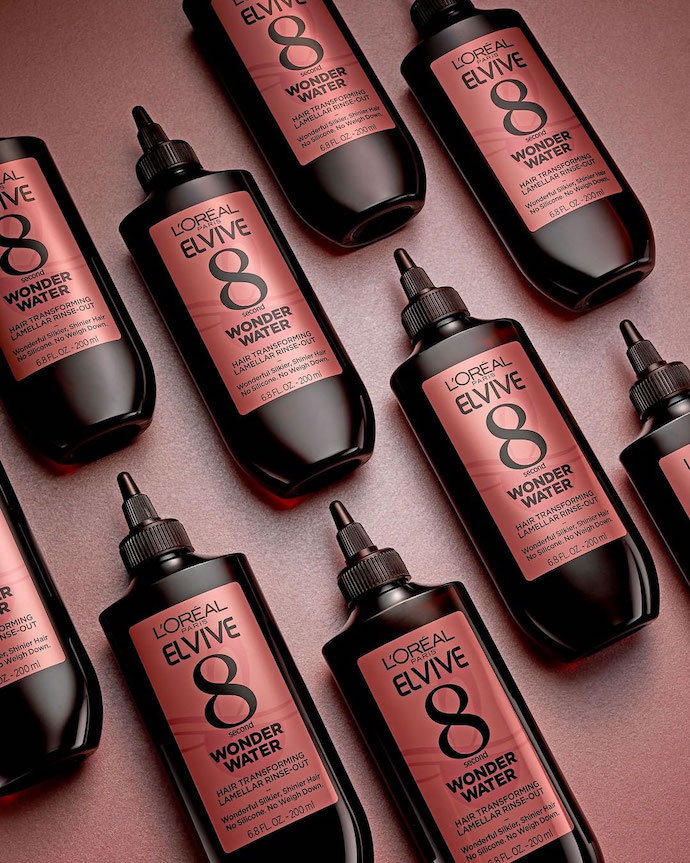
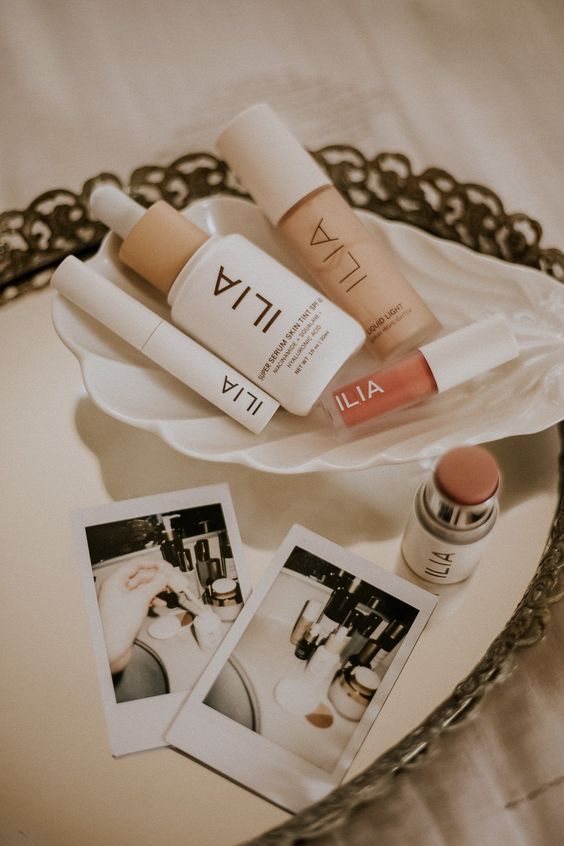
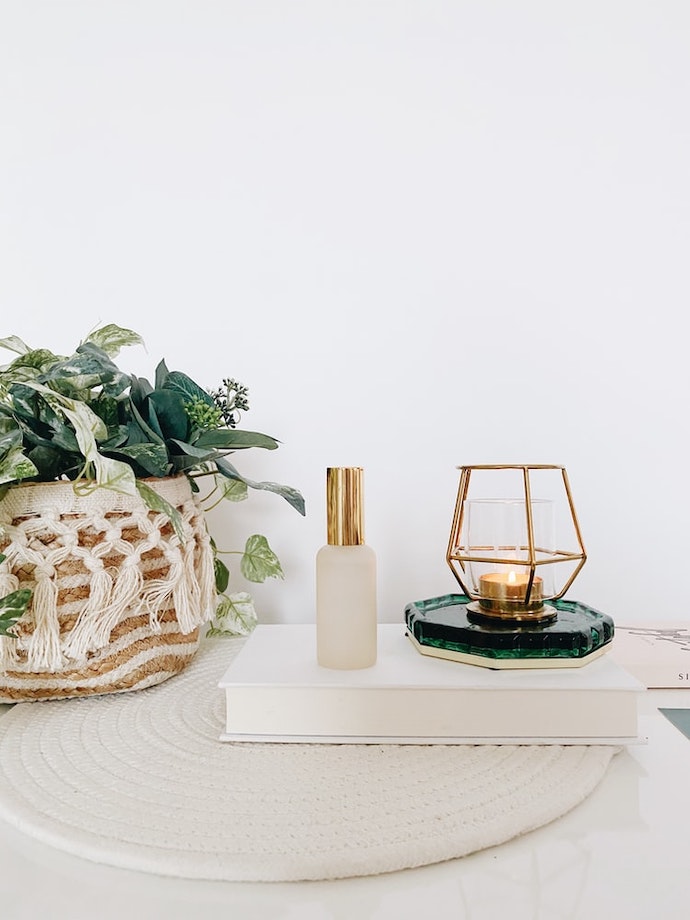
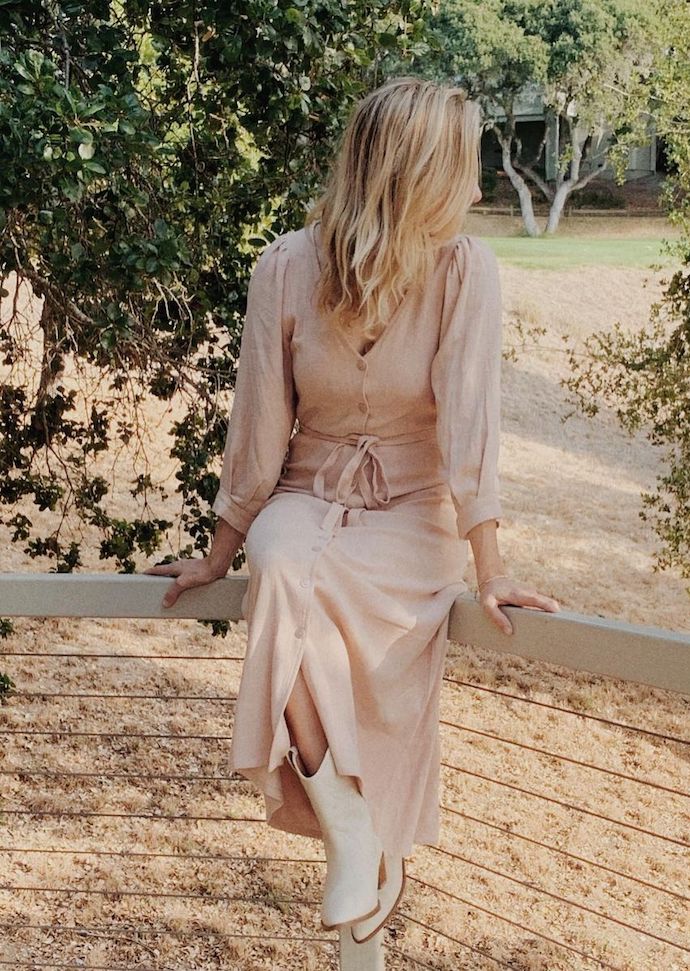



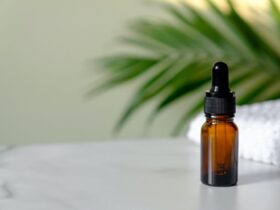

Hello!! Welcome to CCU Life
the lifestyle, college and fashion blog for Coastal Carolina University students, covering everything in school and life.